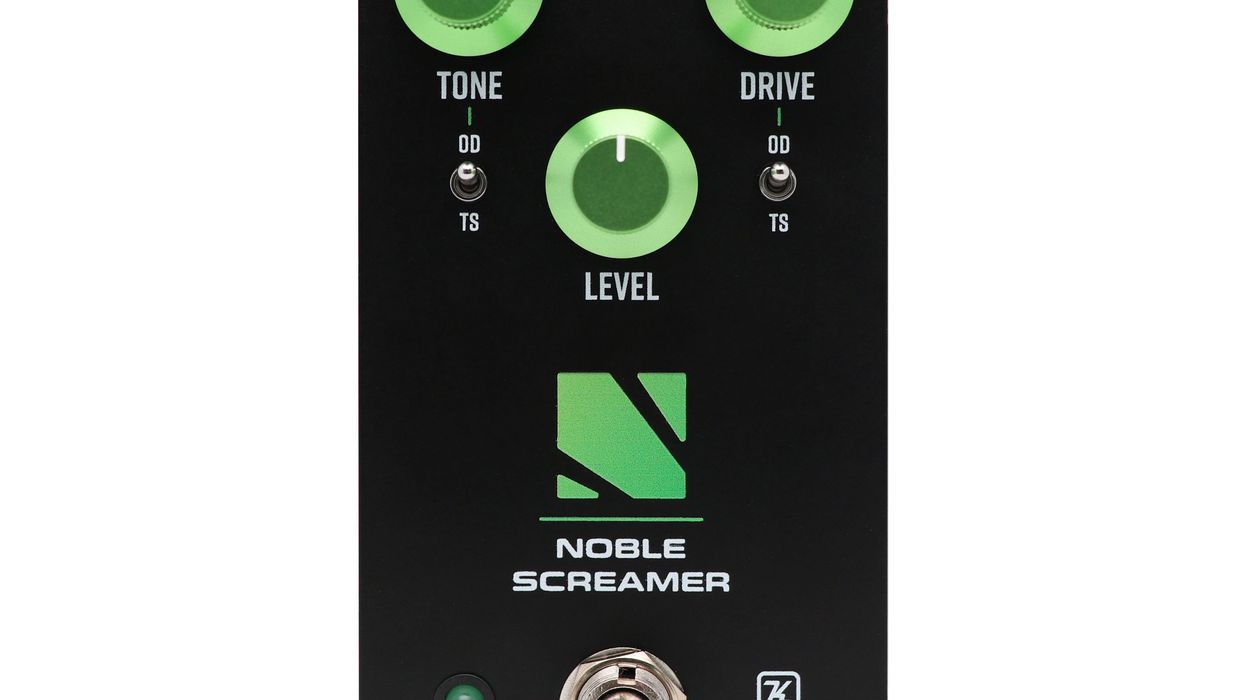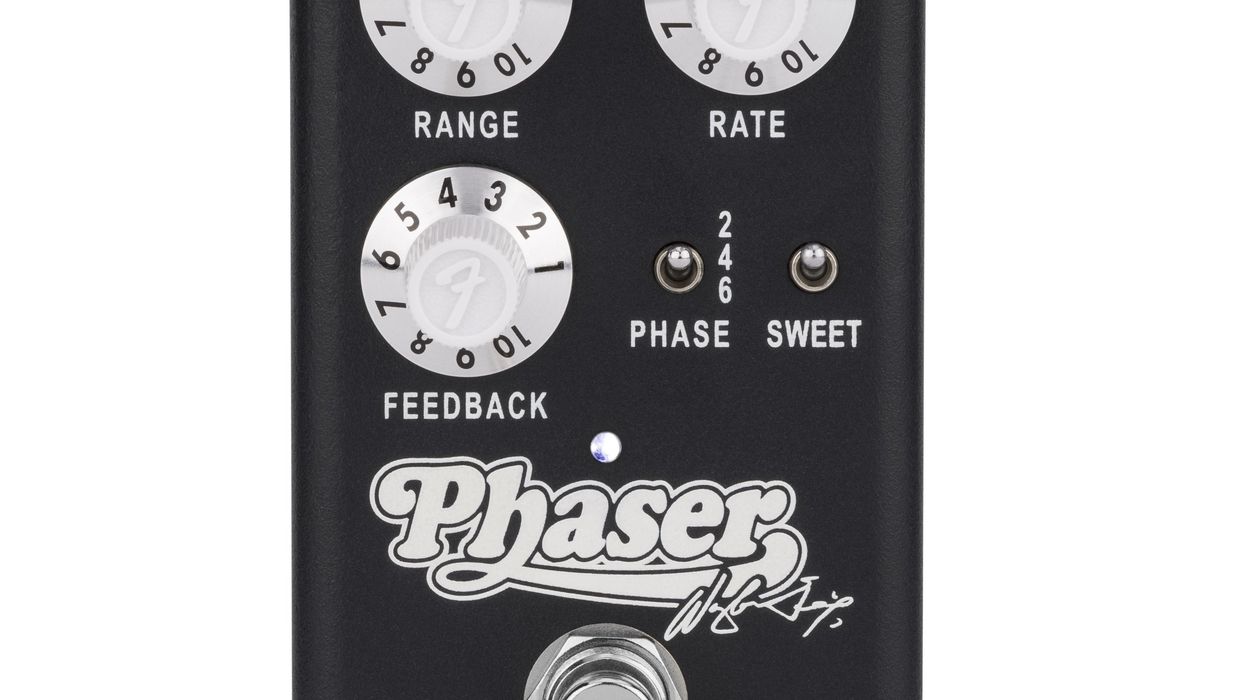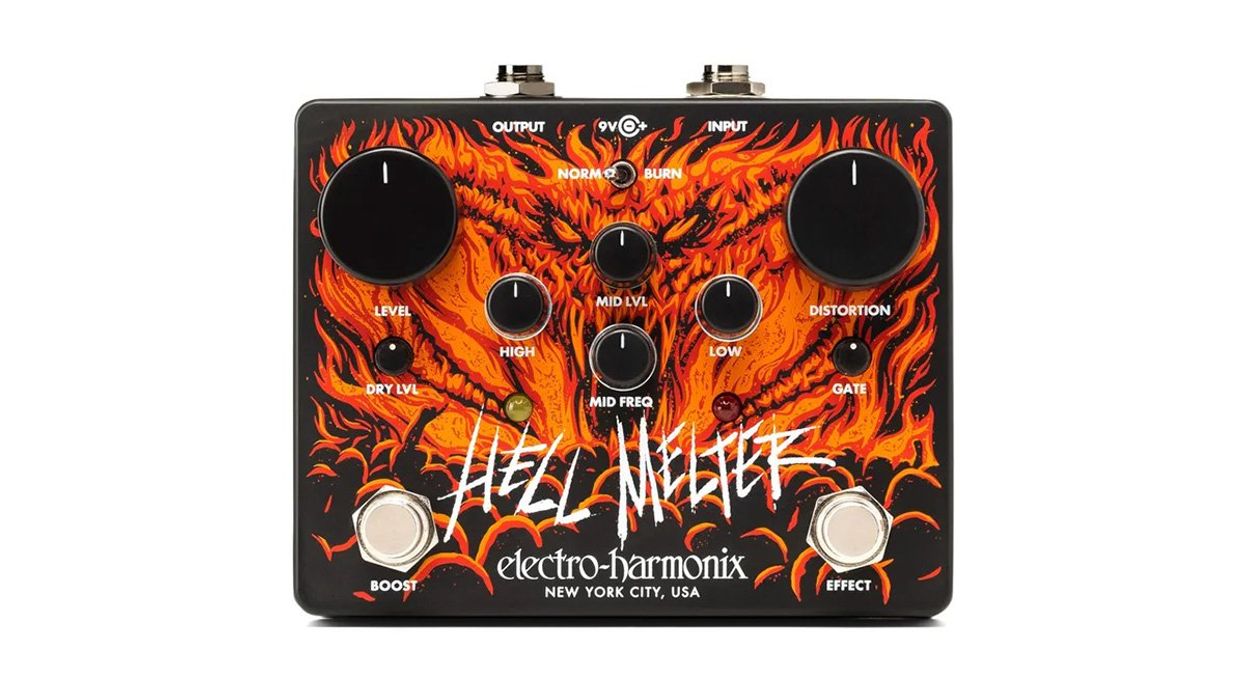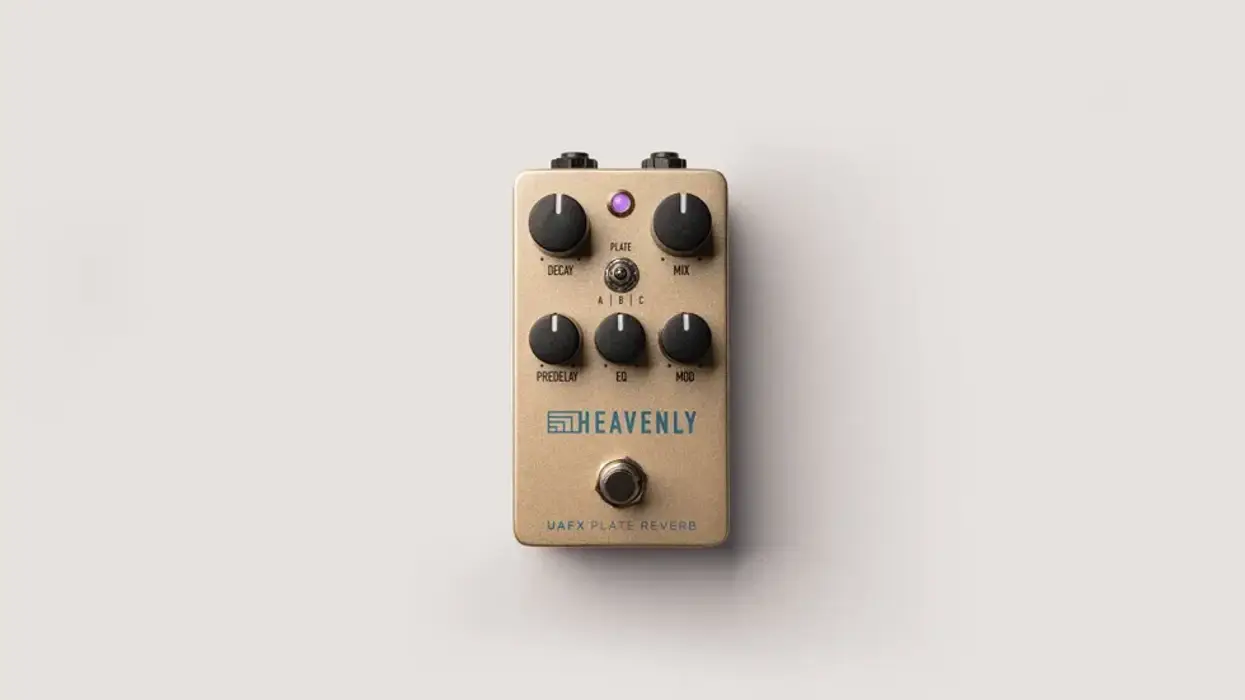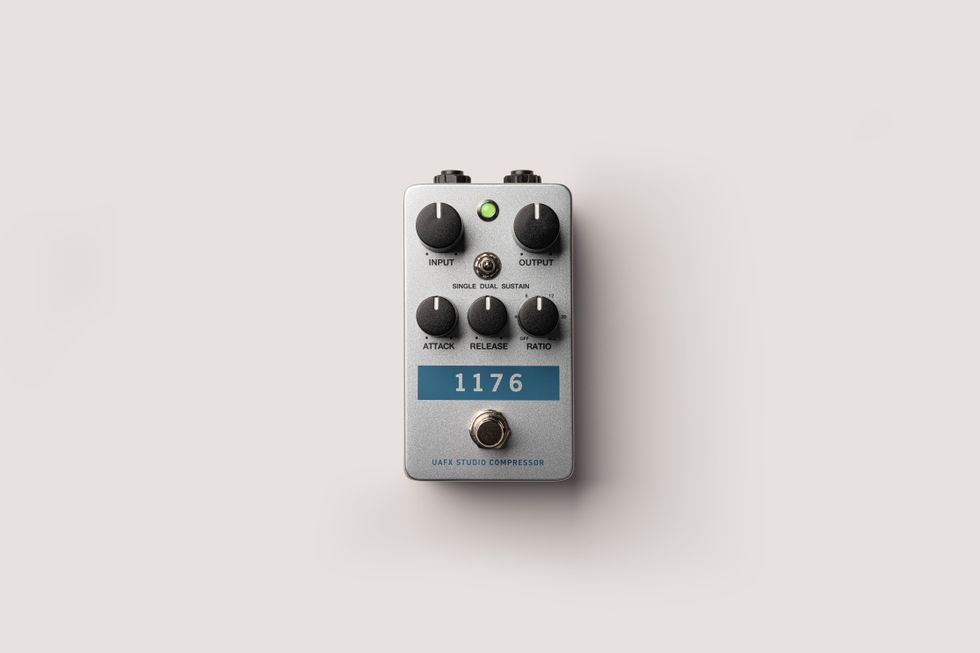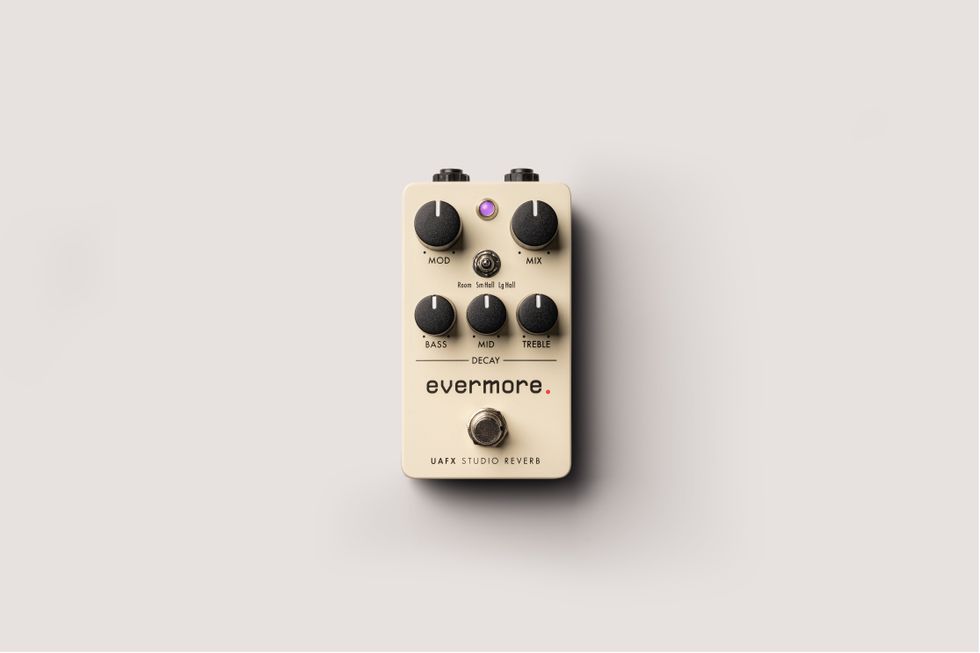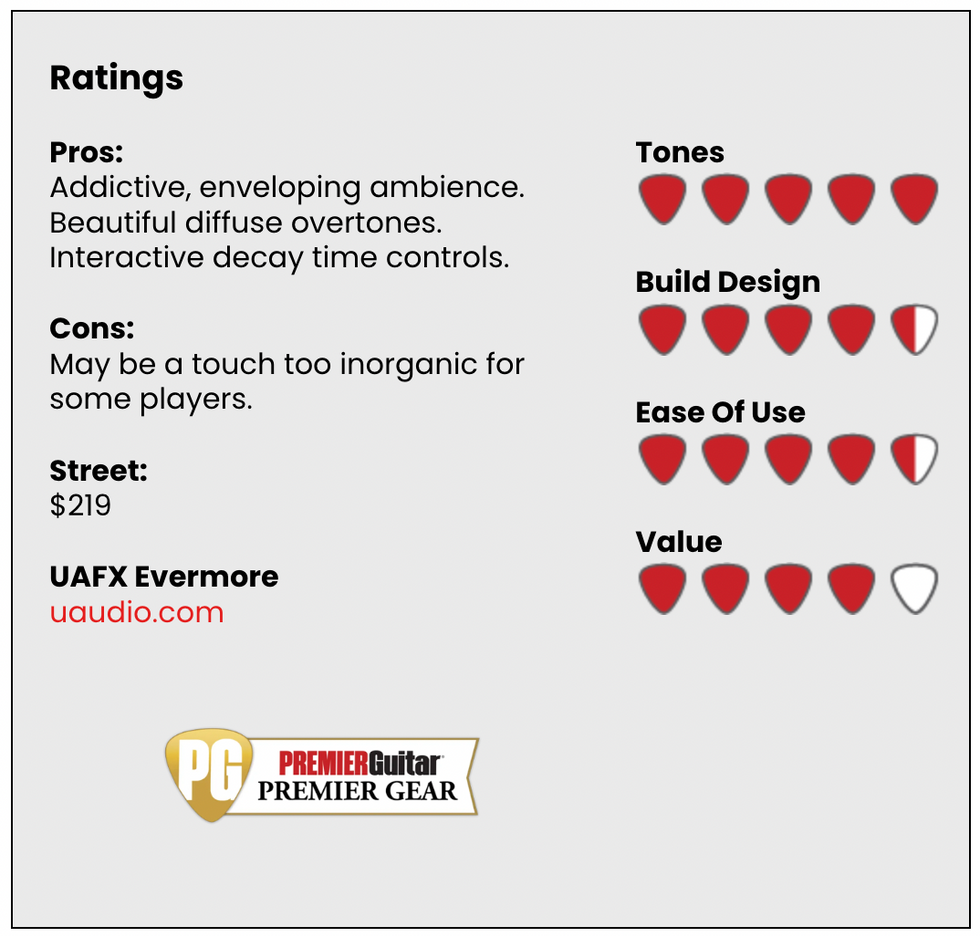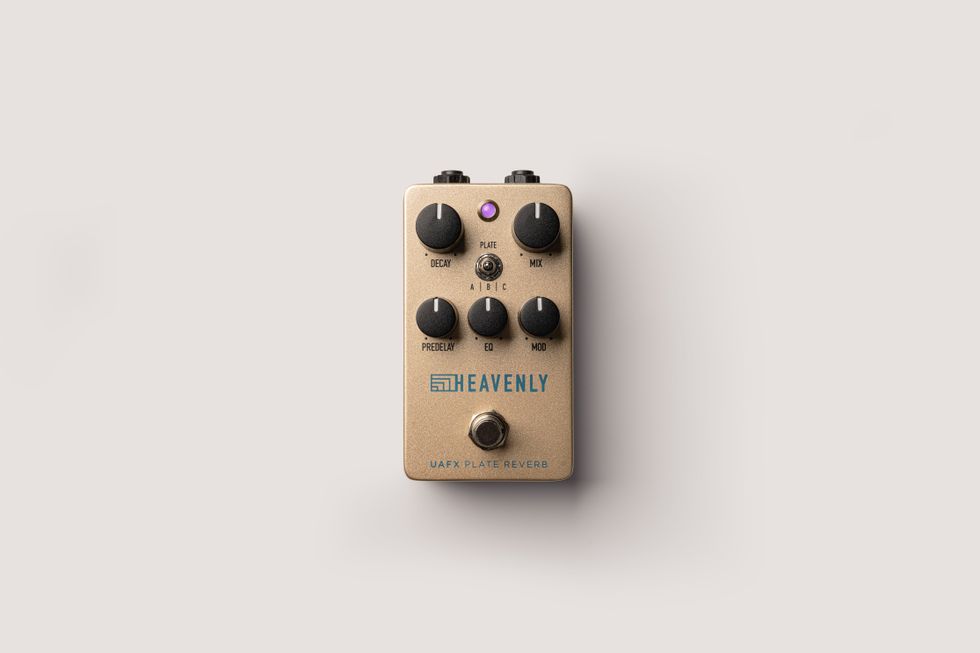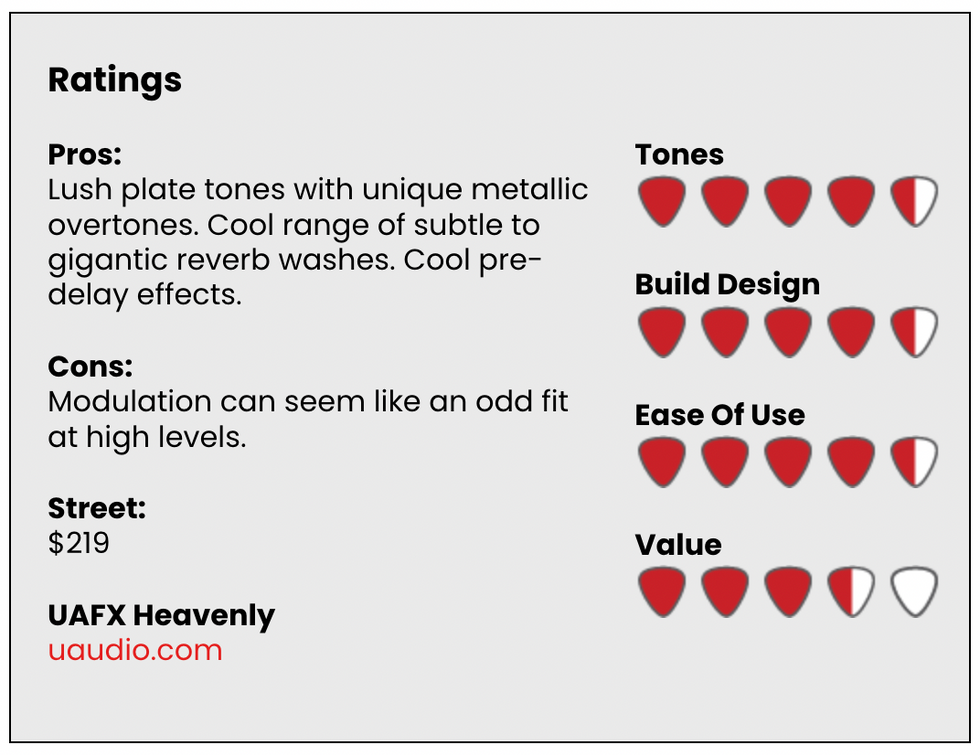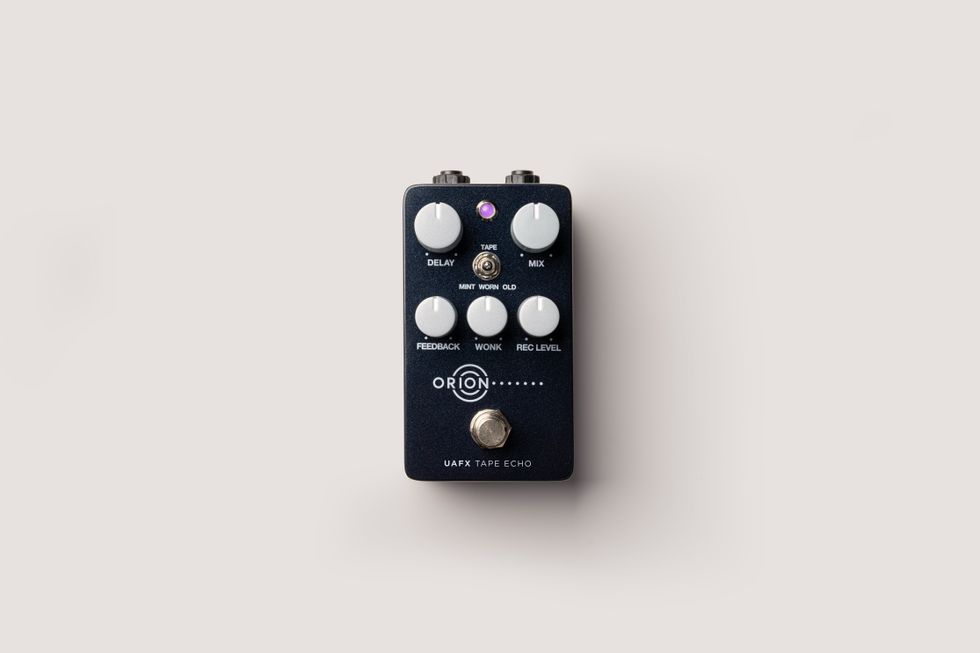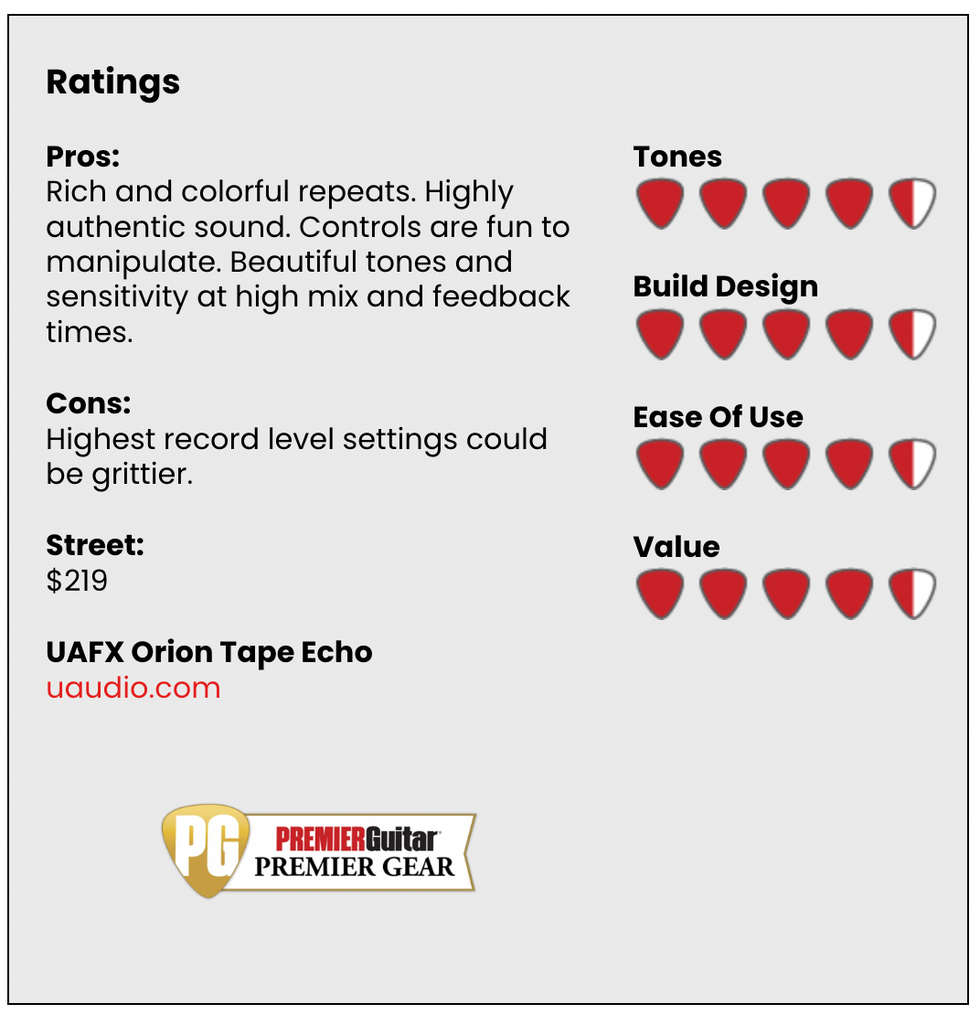In this thoughtful, understated upgrade of the original Delay Llama, those sneaky folks at Jam Pedals have brought much of the essential bonus functionality of 2020’s Delay Llama Xtreme to a more compact pedal with a simple and familiar layout. Though the new Llama looks a lot like its predecessors, the Mk3 includes a tap-tempo footswitch, subdivisions switch, and a hold function—simple, practical, but critical improvements that enhance its functionality and musical capabilities considerably.
Most importantly to those that have always savored the sound of the original Delay Llama, it retains the same analog delay engine, driven by bucket-brigade chips that are faithful reproductions of the beloved Panasonic MN3205. This architecture means the Mk3 is capable of a maximum delay time of 600 ms. So, you’re guaranteed the warm, full-bodied sound that, over the years, attracted major players like Jim Campilongo, Marc Ribot, and Adrian Legg to the original Delay Llama.
"Best perhaps, the pedal is a doddle to dial in and use as desired."
Knob and Tube
The core of the Delay Llama Mk3’s functions still reside in the three knobs for delay time (T), repeats (R), and level (L). Below these, the previous single on/off footswitch has been moved to the lower-left corner of the enclosure and is now paired with a tap-tempo footswitch situated in the opposite corner. Needless to say, it requires nimble footwork and practice to avoid hitting both. But essentially, the setup works. Just above the tap button, a 3-way toggle lets you divide the tapped tempo selection into eighth, quarter, and dotted-quarter notes. Holding down the tap footswitch engages a self-oscillation mode.
Inside the enclosure, there’s an internal trimmer that sets the delay trail’s fade-out time (the amount of time the delayed signal takes to decay once you switch off). Another trim pot sets the maximum number of repeats. Further, a nifty trick allows you to change the pedal from its preset (factory) true-bypass mode to a buffered mode that enables trails (this involves removing the power cable, pressing and holding the tap button, then reinserting the power cable until three LED blinks tell you the buffered mode has been set). Power comes via standard center-negative 9V adaptor, and the unit draws 120 mA.
Llama Rama Ding Dong
In practice, the Delay Llama Mk3 reveals a superbly characterful and juicy-sounding analog delay voice that shines—even within a product category that’s rich with enticing delay sounds. At its essence, there is very little to criticize in the design or sound. The 600 ms maximum delay time is pretty standard for the bucket-brigade crowd and supplies enough spacey echoes to suit just about everything save for ultra-expansive, otherworldly soundscaping. What’s best, perhaps, is that the pedal is a doddle to dial in and use as desired.
Though many deep texturalists need über-complex delays with a boatload of extra parameters and presets, many guitarists relish the straight-ahead pleasures of an analog delay pedal—where you settle in, fine-tune the repeats and blend, and dig the atmosphere without wondering about the little stuff. That’s exactly where the Delay Llama Mk3 transported me with ease. I’m not exactly a delay fanatic, yet I did not want to turn this thing off. Its sound and the effect itself inspired new riffs—and plenty of smiles—from the start. And it only got more enjoyable the more I played it.
Very few of its design shortcomings upset the bliss of playing the Delay Llama Mk3. The taper of the repeats knob accelerates pretty quickly from the fully anti-clockwise position, so dialing just three repeats instead of six or eight can be tricky. Still, most such nuances can be managed with practice and a light touch.
The Verdict
The Delay Llama Mk3, which is one of the last BBD delay pedals still being handmade with through hole components, is a great-sounding analog delay pedal that easily dishes late ’70s and early ’80s bucket-brigade goodness with a low noise floor and useful tap-tempo functionality. The repeats pot taper could benefit from some fine-tuning, and the enclosure is a bit narrow for negotiating both the bypass and tap-tempo footswitches cleanly. But the Delay Llama Mk3 is still a standout in the analog delay camp, any way you cut it.








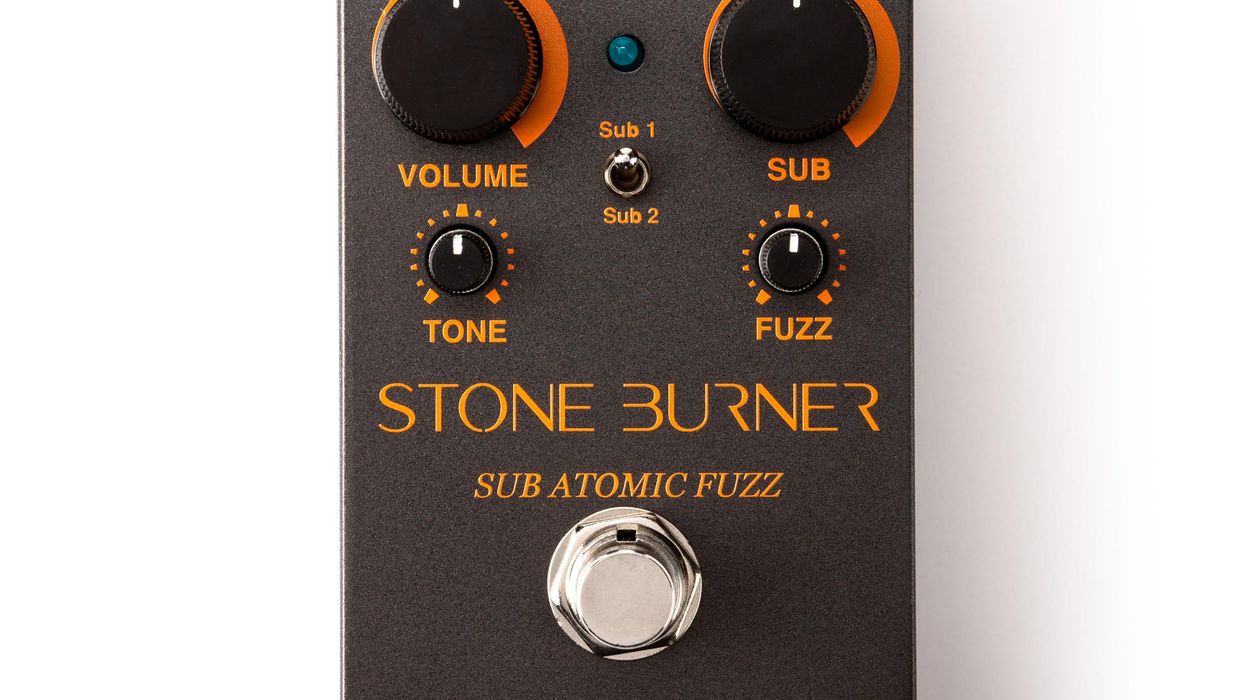


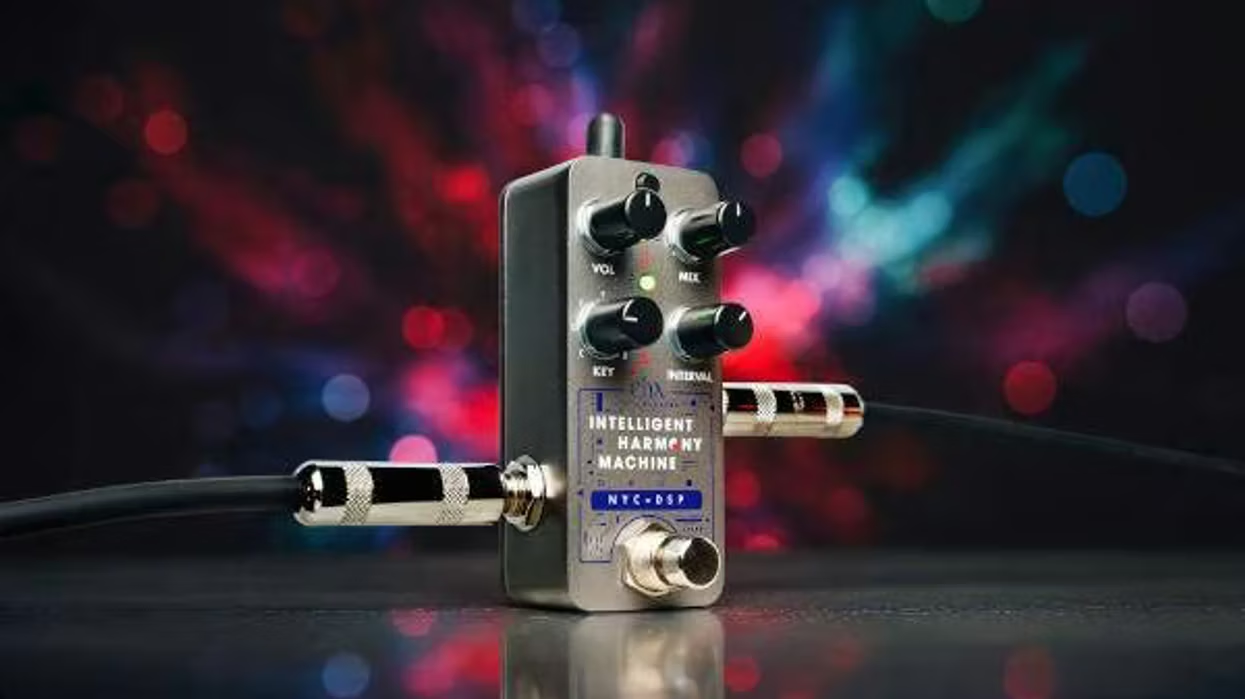
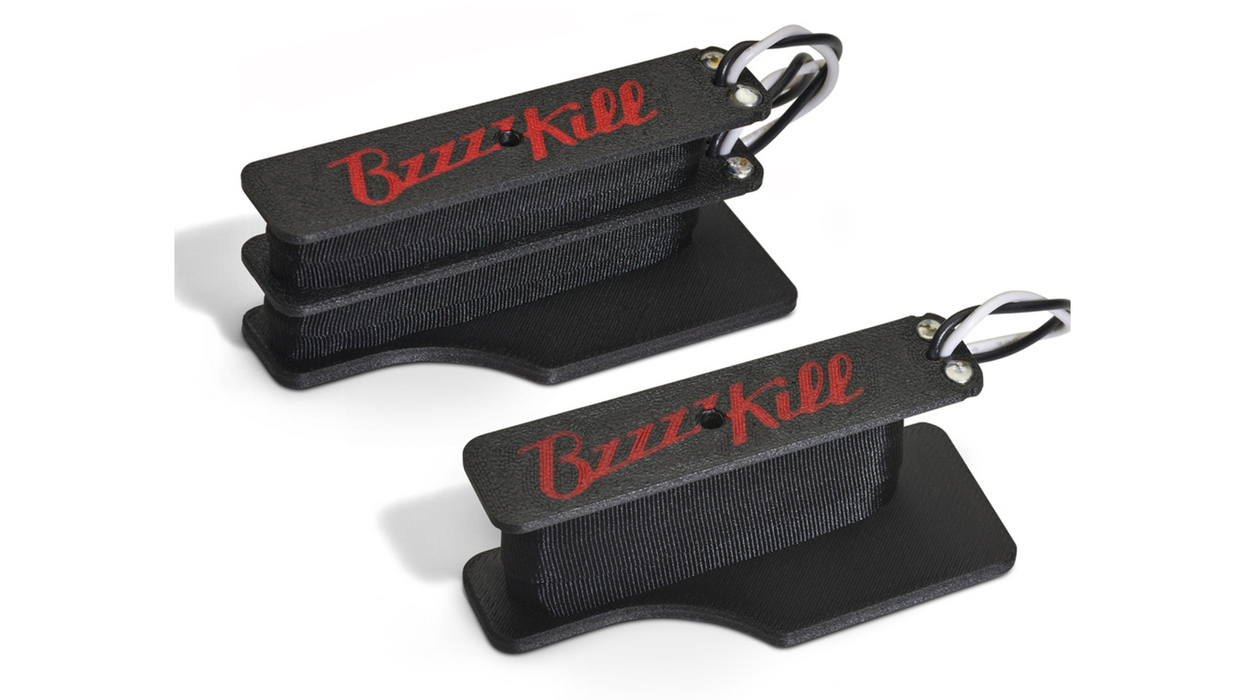

![Rig Rundown: John 5 [2026]](https://www.premierguitar.com/media-library/youtube.jpg?id=62681883&width=1245&height=700&quality=70&coordinates=0%2C45%2C0%2C45)
